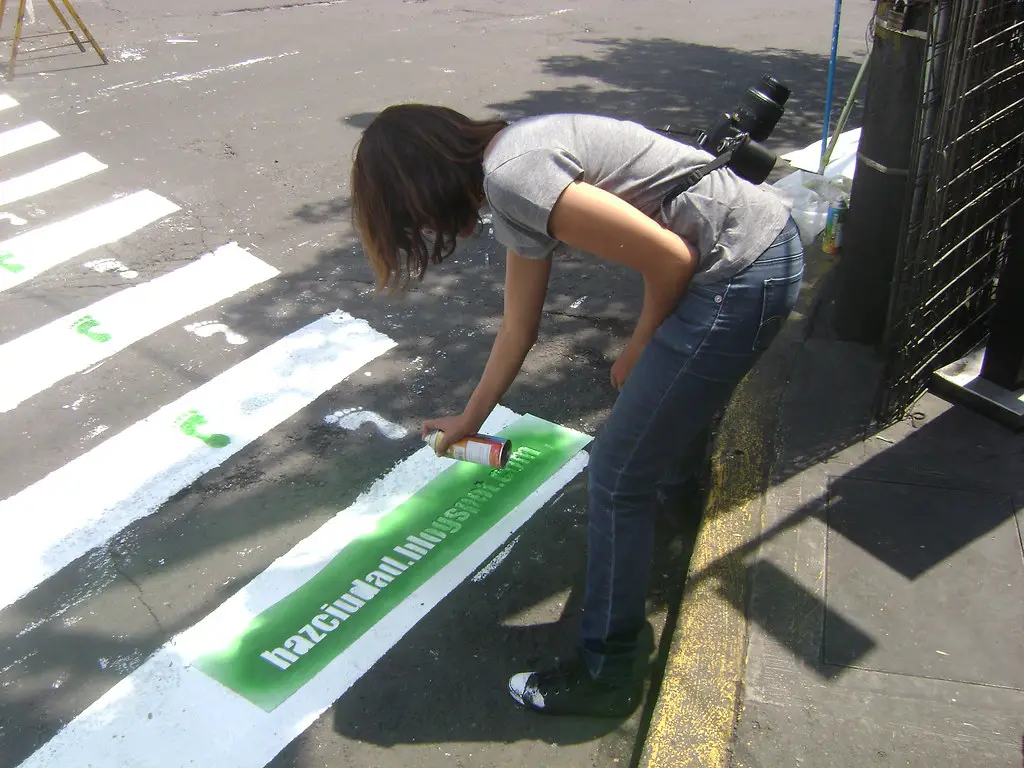Every year, major automobile companies spend over $21 billion worldwide on marketing, and it appears to be paying off. The number of private vehicles in Brazil has more than doubled in the last ten years (from 1.2 million to 2.6 million in 2010), and car ownership in India has increased an incredible twenty-fold in the last decade.
A new report by EMBARQ looks at marketing and branding in public transport, and aims to ‘help guide cities and public transit agencies in making mass transit a competitive and desirable alternative to private vehicles’. The report argues that improved marketing of public transport can increase ridership and has benefits for both users and non-users, presenting eight steps vital for a successful campaign:
1. Build a strong brand
To create a successful brand, then, a public transport system should start by defining its core values. Most public transport systems strive for a brand that clearly presents their services as modern, efficient, rapid, reliable, convenient, comfortable and safe. In many cases, extensive market research about current and potential passengers will reveal any other values that need to be incorporated in a successful brand.
2. Sell your values
Every employee of a public transit agency, from a bus driver to a senior engineer, should be thought of as a brand ambassador. In Société de Transport de Montréal, Montreal’s transit agency, half of its more than 8,600 employees work directly with customers. These interactions are important opportunities to maintain and reinforce the agency’s core values and brand. But this constant contact means that every employee needs to understand and be invested in those values.
3. Get started early
Citizens who consider riding public transport, particularly those who have the option to drive, can be deterred by the unfamiliarity of a system — where it goes, the fare collection, the boarding process — basically every aspect of using it. Agencies can overcome this hurdle with extensive user education, particularly prior to the opening of a new line.
4. Systematise your information
Customers’ trips don’t begin when they enter the station and don’t end when they exit. You should not only help customers navigate within the system but help them navigate throughout their entire trip, which begins and terminates within the surrounding urban area. Therefore it is important for wayfinding signage, information kiosks and other information systems to be provided in the neighborhoods around the stations.
5. Know what riders want
Riders’ perception of transit service is often influenced by five factors:
- Reliability
- Frequent service
- Safety and cleanliness
- Service hours
- Cost and savings
If your service can successfully deliver these things, you are at a good starting point. But it’s not enough. Remember, do something good and tell people about it. That’s good marketing.
6. Control the narrative
Although the press typically reacts to negative occurrences, you want to attract press coverage that you can control and steer. As a general rule, it’s important to address problems and negative perceptions proactively, rather than wait to be called for comment on a reactionary story.
7. Be responsive to riders
In a customer-driven industry, such as public transport, communication channels should be bi-directional. Without effective methods to communicate feedback, both positive and negative, riders can feel unimportant. A number of public transport systems have opened new services to the public for several days free of charge. In these examples, user education efforts can be nicely combined with feedback systems, helping customers learn how to use the system and at the same time gathering feedback that can be incorporated into the final design.
8. Offer new ways to access information
The ways in which people access information have undergone a huge transformation in the last decade, with more and more people going online to find information they need. Yet many transit agencies still don’t have comprehensive online strategies. This is a huge problem that must be remedied. The good news is that establishing a sophisticated online presence is relatively cheap and can have a large impact on riders.
These eight points are explored in-depth, alongside international case studies and numerous illustrated examples of public transport marketing innovations in the full report, which can be downloaded here.


